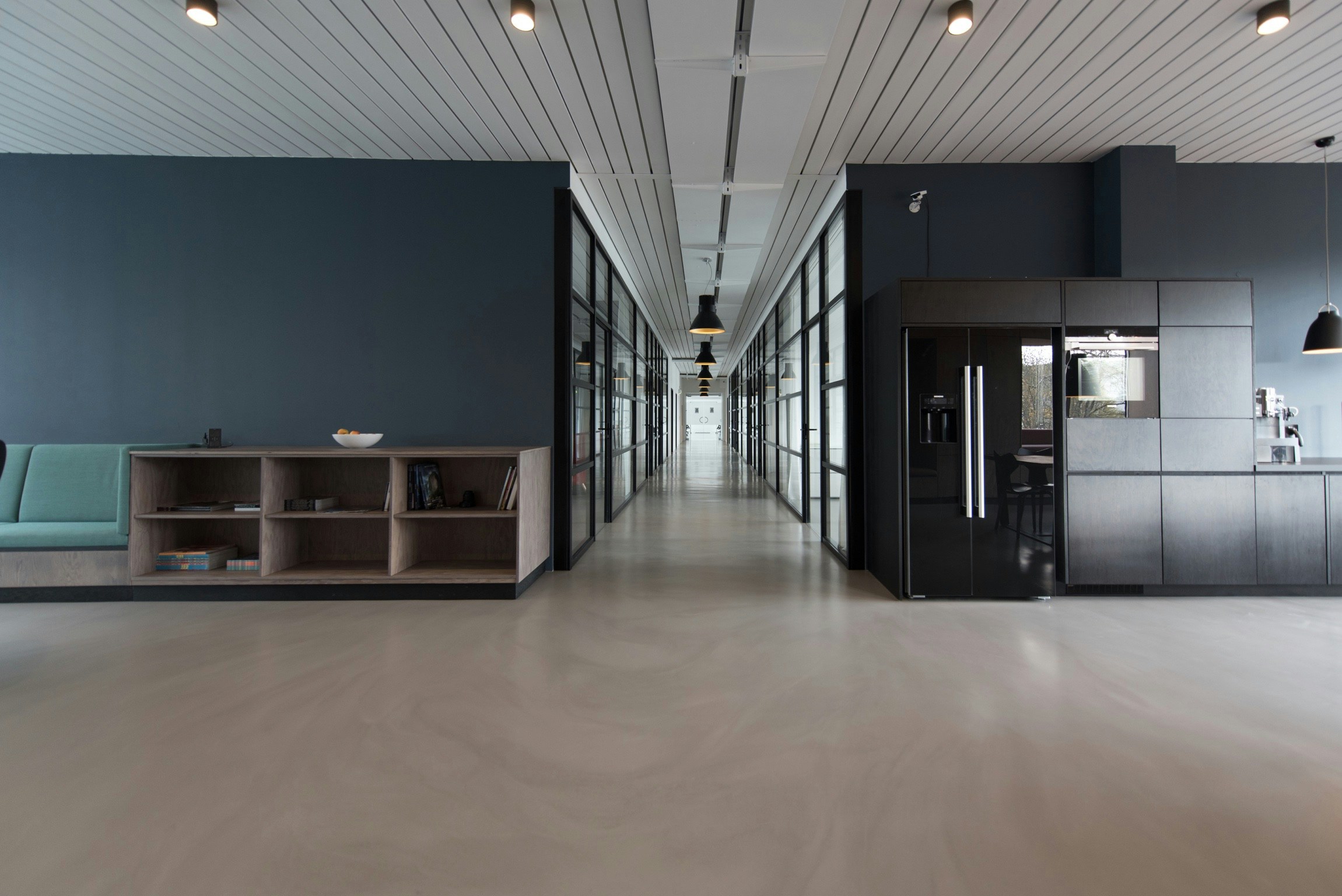Sustainable furnishing choices for a durable remote workspace
Sustainable furnishing can make a remote workspace durable, healthy and adaptable. This article outlines practical choices that balance ergonomics, long-term performance and environmental impact while supporting comfort, privacy and productivity in daily routines.

Creating a durable remote workspace means choosing furnishings that support long-term use, occupant health and environmental responsibility. Thoughtful selection reduces waste, lowers replacement frequency and strengthens daily comfort and productivity. This article focuses on practical, sustainable furnishing choices that improve posture, lighting, acoustics and organization while respecting privacy, connectivity and security requirements.
Ergonomics for posture and comfort
Select furniture that supports good posture and long-term comfort. Ergonomic desks and chairs with adjustable heights, lumbar support and breathable materials reduce strain and encourage neutral alignment. Consider sit-stand desks to alternate posture through the day; pair them with a stable monitor stand and an external keyboard to maintain eye level and wrist position. Look for certifications or transparent material descriptions that indicate durability and low-emission finishes. Prioritizing ergonomics reduces the likelihood of frequent replacements and supports consistent comfort during scheduling and work routines.
Organization, decluttering and zoning
Sustainable furnishing extends to storage and layout choices that make decluttering easier and zones more functional. Choose modular shelving and multifunctional pieces that can be reconfigured as needs change, instead of single-use units. Closed storage helps protect privacy and reduce visual distractions; open shelving aids organization for frequently used items. Zoning—separating work from rest areas with screens or rugs—preserves mental boundaries and reduces the need for costly redesigns. Durable materials like solid wood or metal frames withstand repeated reconfiguration better than low-grade composites.
Lighting and acoustics considerations
Good lighting and acoustics increase productivity and reduce fatigue. Opt for LED fixtures with diffusers and adjustable color temperature to mimic natural light and reduce eye strain; consider task lamps for focused work. For acoustics, use dense textiles, acoustic panels or bookshelf placements to absorb reflections and lower reverberation, improving privacy and concentration. Select materials with long lifespans and replaceable components—like modular acoustic panels—so you can maintain performance without full‑scale replacements, supporting both sustainability and comfort.
Routines, scheduling and productivity
Furnishing choices should support daily routines and scheduling habits. A clearly defined workstation with appropriate storage and a comfortable chair encourages consistent start and stop rituals. Comfortable seating and properly positioned screens shorten transition times between focused blocks, which can improve overall productivity. Incorporate small organizational tools—cable organizers, label systems and desktop trays—that simplify decluttering. When furniture supports predictable routines, it reduces impulsive purchases and waste, contributing to a more sustainable workspace.
Connectivity and security essentials
Furniture can help integrate connectivity and security without sacrificing aesthetics. Choose desks with built-in cable management or grommets to route power and network cables, and consider lockable storage for sensitive documents or devices to maintain privacy and security. Durable desks with accessible cable channels make it easier to upgrade hardware over time, reducing electronic waste. When seeking local services for installation or repairs, prioritize providers who offer maintenance or refurbishment to extend the life of furnishings and electronics.
Sustainability in furnishing choices
Prioritize materials and business practices that reduce environmental impact: reclaimed or responsibly sourced wood, recycled metals, low-VOC finishes and furniture designed for disassembly. Durable construction and warranties often indicate longer usable life. When selecting upholstery, consider fabrics with transparent fiber origins and recyclability. Balance initial investment with lifecycle considerations—higher-quality pieces may cost more up front but require less frequent replacement, lowering overall environmental footprint and preserving comfort and performance.
This article is for informational purposes only and should not be considered medical advice. Please consult a qualified healthcare professional for personalized guidance and treatment.
Conclusion
Sustainable furnishing choices for a remote workspace blend ergonomic support, thoughtful organization, appropriate lighting and acoustic treatments, secure connectivity and durable materials. By focusing on flexibility, repairability and long-term comfort, you can create a workspace that supports better posture, productivity and privacy while reducing environmental impact. Small investments in adaptable, well-made pieces and better routines can extend the useful life of your setup and make remote work more resilient and comfortable.





